Workshop of Henri BEAUBRUN (1603-1677) and Charles BEAUBRUN (1604-1692).
Portrait of Philippe de France, Duke of Anjou as a child
1642
Oil on panel
Annotated in the upper part: “The Duke of Anjou aged Two. Years Two months 1642 »
Dimensions : 35 x 26,5 cm
The Beaubruns
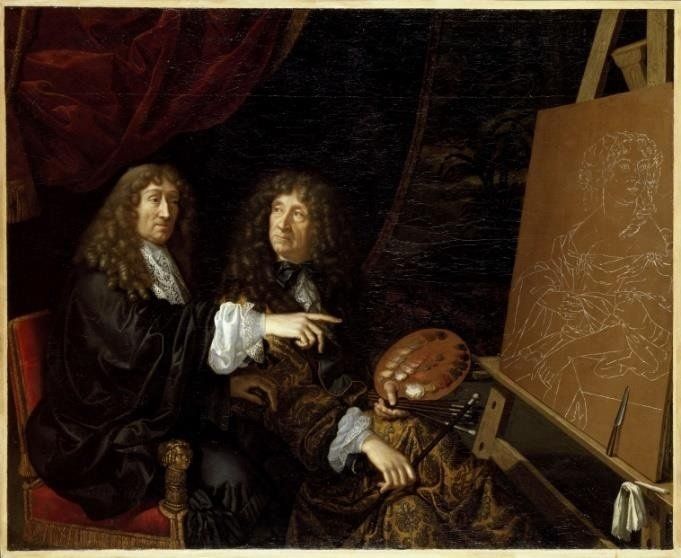
Martin LAMBERT (1630-1699). Henri and Charles Beaubrun painting a portrait of Queen Marie-Thérèse .1675
Oil on canvas, 146 x 180 cm
Castle of Versailles
Henri Beaubrun was born in Amboise in 1603. His father was a valet in the wardrobe of King Louis XIII, who introduced him to the royal family where he was first named arquebus bearer of the King then valet of the guard. dress of the King on the death of his father. He trained in painting with his uncle Louis Beaubrun and thanks to the intervention of Louis XIII who noticed his drawing talents, he trained at the Royal Academy of Painting and Sculpture, of which he later became treasurer. and professor.
Charles Beaubrun was born in Amboise in 1604. His father was a valet to the King and he followed the painting lessons taught by their uncle with his cousin. First a member of the Academy of Saint-Luc, he became a member of the Royal Academy on September 2, 1651. He bought the office of controller of decimes of the generality of Caen and settled with his cousin on rue des Deux Écus . Very close, the work of the two painters is inseparable and they collaborate on all of their paintings, even giving a demonstration in front of an amused and stunned Louis XIV who constantly makes them change hands during the creation of a portrait. From a family that has always held positions at court, the Beaubruns are well regarded by the Sun King, and are even considered to have painted the monarch even before his birth, since they were chosen by the English ambassador to do the portrait of Anne of Austria, then eight months pregnant. A few months later they painted the portrait of the future king, then eight days old. They then paint the sovereign at all ages and create portraits of the entire royal family. However, between 1640 and 1654 they did not sign any of their works and Georges Wildenstein indicates on this subject that “there are still works to be found there”.
The Portrait of “Little Mister”
Philippe de France, son of France, titled at birth Duke of Anjou then Duke of Orléans in 1660, born September 21, 1640 in Saint-Germain-en-Laye and died June 9, 1701 at the Château de Saint-Cloud, is a prince of the French royal family, son of Louis XIII and Anne of Austria, and younger brother of Louis XIV. Affectionately called "little Monsieur" to distinguish him from his uncle Gaston d'Orléans, brother of Louis XIII, he would subsequently take the title of "Monsieur" reserved under the old regime for the king's oldest brother. Excluded from command activities very early in order to prevent him from developing an appetite for power, he was mainly raised by his mother and the women of the Court.
Anonymous French. Anne of Austria, regent, Louis XIV and Philippe of France, Duke of Anjou, 17th century
Oil on canvas, 188 x 185
Castle of Versailles
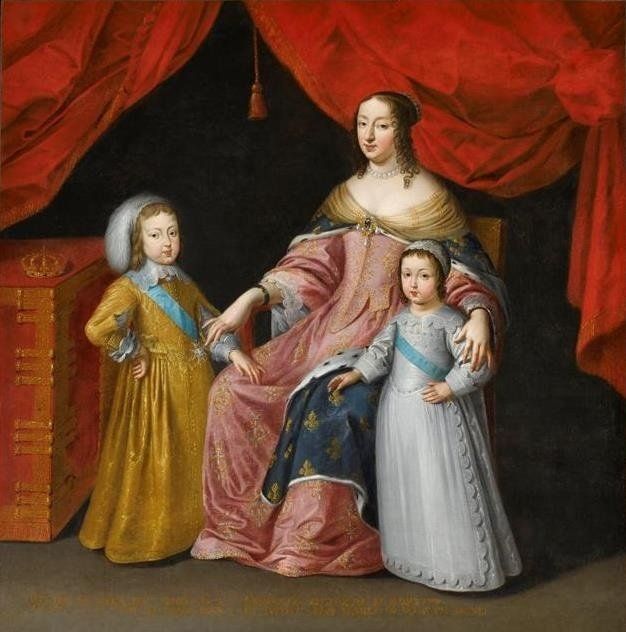
Several representations of the king's brother as a child exist, but he is often accompanied by his mother Anne of Austria and his brother. Our work must also be compared to another painting representing the dolphin and his brother, today kept at the Sa Bassa Blanca museum in Majorca which holds an important collection of child portraits. In this painting the two princes wear satin costumes, Louis's is embroidered in gold while Philippe's is covered in silver. They are both wearing a crush, yellow for the future monarch and blue for his little brother. The latter holds a white dove, symbol of the Holy Spirit, which Louis caresses. Both are adorned with the cord of the Order of the Holy Spirit, received by the sons of France upon their baptism. They are seated in two armchairs covered in purple velvet and gold trimmings, in front of a curtain of the same velvet and the same ornaments. In our work, Philippe de France wears exactly the same attire, which allows us to think that the two paintings were created at the same time. In 1899, the double portrait appeared in the sales catalog of the Broadwood collection in London. It was kept in England until 1981. According to information provided by the Sa Bassa Blanca museum, its origin could indicate that it was a work sent by Anne of Austria to the English court with a view to marriage, as she would later do for the court of Spain. Our painting in a smaller and more intimate format could be a more personal object. The precious inscription in our painting allows us to precisely date the two works, it being indicated that the child is two years and two months old, they were produced around November 1642. To our knowledge it is therefore the first known representation of “little Mister”.

Workshop of BEAUBRUN Henri (1603-1677) and Charles (1604-1692).
Portrait of Philippe de France Duke of Anjou as a child
1642
Oil on panel, 35 x 26.5 cm
Annotated in the upper part: “The Duke of Anjou aged Two. Years Two months 1642 »
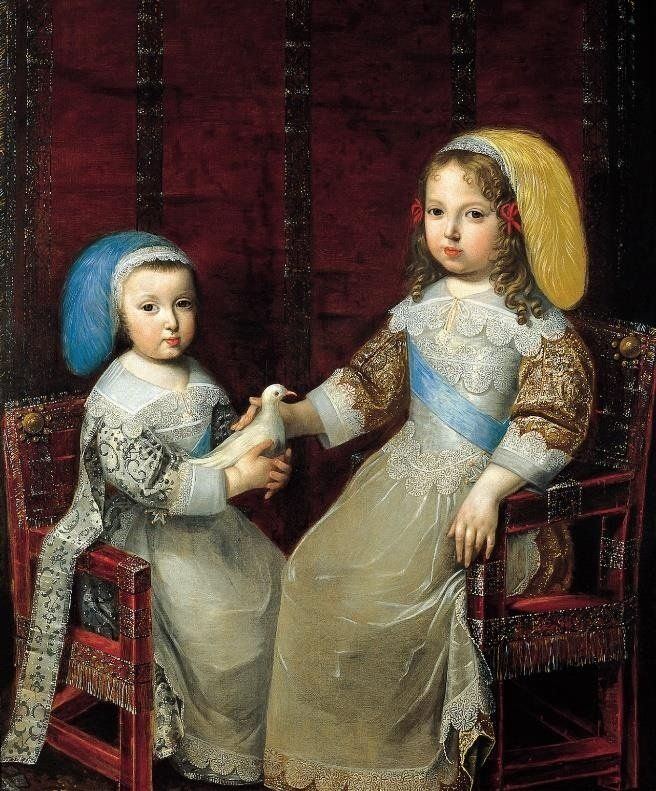
French school from the 17th century, attributed to Charles BEAUBRUN.
Portrait of the dauphin Louis Dieudonné and his brother Philippe de France Duke of Anjou. 1642
Oil on canvas, 115.5 x 95.2 cm
Sa Bassa Blanca Museum
© Sa Bassa Blanca Museum - Yannick and Ben Jakober Foundation
Bibliography:
- Augé Claude (Dir.), Larousse universal in 2 volumes: new encyclopedic dictionary, t.1, Larousse, Paris, 1922, p.13
- Bénézit Emmanuel, Dictionary of painters, sculptors, designers and engravers, Paris, 1939
- Christie, M. & Woods. (1899). Catalogue of the valuable collection of pictures by old masters of H.F. Broadwood, Esq. ...: also, pictures
from the collection of Sir Richard Westmacott, R.A., and pictures, the property of Lord Leigh and others. London : Christie, Manson & Woods.
- From Saint-Georges Guillet, Henri and Charles Beaubrun, in Unpublished Memoirs on the Life and Works of the Members of the Royal Academy,
t.1, p. 137-146.
- Guérin Paul (Dir.), Dictionary of dictionaries. Letters, sciences, arts, universal encyclopedia,
- Wildenstein Georges, “Les Beaubrun” in Gazette des Beaux-Arts, November 1960, p. 261-274.
